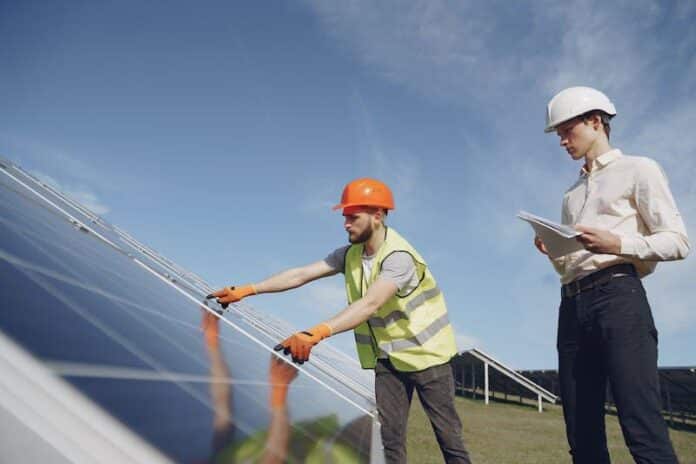Individuals and businesses seek cleaner and more sustainable alternatives to traditional energy sources. Solar Power Tauranga has become a symbol of eco-conscious living and a practical means of reducing reliance on the grid.
Consider various factors to ensure the investment is worthwhile and sustainable.
1. Assessment of Energy Needs
One of the initial steps in installing solar panels is to conduct a thorough assessment of your energy needs. By clearly understanding your energy requirements, you can determine the solar panel system needed to meet your needs.
2. Placement
The efficiency of solar panels directly depends on their exposure to sunlight. Factors such as shading from nearby structures or trees, the angle of the roof, and the orientation of the solar panels play a significant role in determining the system’s overall performance.
Conducting a solar site analysis can help identify the optimal placement for maximum sunlight exposure, ensuring the panels can generate the highest possible amount of electricity.
3. Roof Analysis
Ensuring that your roof can support the weight of the panels for an extended period is crucial. If your roof requires repairs or replacement shortly, it may be wise to address these issues before installing solar panels. Additionally, the type of roofing material impacts the installation process, with certain materials being more conducive to solar panel installation than others.
4. Regulations
Navigating the regulatory landscape is critical in the solar panel installation process. Local regulations and building codes vary, and obtaining the necessary permits is essential to ensure compliance and avoid potential legal issues.
Before moving forward with the installation, you should consult with local authorities or a solar installation professional to understand your area’s specific requirements and regulations. This step can save both time and resources in the long run.
5. Financial Analysis
Looking at the long-term financial benefits is essential. Consider the return on investment (ROI), potential savings on electricity bills, and available financial incentives or rebates. Many governments and utility companies offer financially attractive incentives for those looking to switch.
6. Maintenance Requirements and Costs
Regular cleaning, monitoring, and occasional maintenance are necessary to ensure optimal performance and longevity. Before installing solar panels, it’s essential to understand the maintenance requirements and associated costs.
It includes factoring in occasional equipment inspections, cleaning schedules, and potential repair or replacement costs. A clear understanding of maintenance needs allows for better long-term planning and system efficiency.
7. Energy Storage Options
While solar panels generate electricity during daylight hours, having an efficient means of storing excess energy for use during non-sunlight hours is crucial for maximizing the benefits of solar power.
Consider the energy storage system that best suits your needs, whether it’s a battery storage system or other emerging technologies. Integrating energy storage can enhance the reliability and self-sufficiency of your solar panel system.
8. Technology and Panel Efficiency
Before deciding, it’s essential to research and compare different solar panel technologies and the efficiency ratings of various models. High-efficiency panels may cost more initially, but they can generate more electricity in limited space, potentially providing a higher return on investment over time.
9. Environmental Impact
While the primary motivation for installing solar panels is often to reduce reliance on non-renewable energy sources and lower energy bills, considering the overall environmental impact is equally important. Assess the lifecycle of the solar panels, including the manufacturing process and disposal considerations.
Opting for panels with a lower ecological footprint and exploring recycling options for old panels contribute to a more sustainable approach to solar energy.

